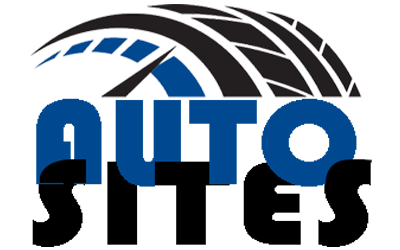The Mission of SAE International is to advance mobility knowledge and solutions
This four-year program of automotive engineering provides the student with the skills and knowledge of automotive including maintenance/ repair of vehicle. The entry requirements of the program are senior high school graduate in every major and having knowledge about Mathematics. In teaching learning process, students also participate in both classroom lectures, laboratory and automobile repair shop. In addition to this program, the students work on final project in the 7th semester and conduct internships program in the last year of study. Despite predictions of decline in the automotive industry, Atos believes opportunity awaits manufacturers that align business models and offerings to emerging motivations of customers.
- The standard ISO 26262, is considered one of the best practice frameworks for achieving automotive functional safety.
- With established markets slowing in growth, however, growth will continue to rely on emerging economies, particularly China, while product-mix differences will explain different development of revenues.
- Access unmatched financial data, news and content in a highly-customised workflow experience on desktop, web and mobile.
- Considering the nation’s per capita GDP is still below USD $4,000, affordability is generally the most important factor for Indonesian consumers when buying a car, and this would explain consumers’ shift to the LCGC.
- Through its new technology, NSK will continue to supply automotive products that are kind to the global environment and that add to vehicle safety and comfort.
Enable next-generation automotive processes through an open and intelligent industry network. The race is on to meet demand for plug-in, hybrid, and fuel cell EVs – boosting EV battery, vehicle, and charging station manufacturing. Samsung ISOCELL Auto image sensors combine HD resolution with advanced high dynamic range and flicker mitigation to offer safer, more pleasant driving experiences. Receive a monthly newsletter for the latest automotive product and solution information. We collaborate with engineers around the world to reach that future faster with world-class automotive solutions.
McKinsey Technology Trends Outlook 2022
Optimize your Arm system on chip designs using advice from the most experienced Arm engineers in the industry. Learn about Arm technology directly from the experts, with face-to-face, virtual classroom and online training options. Open a Support CaseResolve technical issues about your Arm products quickly and efficiently by opening a support case.
Motor vehicle sales
Indonesians love the MPV, known as “people carriers”, as these vehicles are bigger and taller than most other car types. Indonesians need a big car because they enjoy taking trips with the family (and/or invite some friends). Car manufacturers are aware of high MPV demand in Indonesia and therefore continue to launch new models. With functionality in check, manufacturers now particularly focus on improving the design of the MPV to entice Indonesian consumers.
Solve complex automotive problems with high performance computing on Oracle Cloud Infrastructure. Reallabor Hamburg – making the mobility of tomorrow a reality with a large trial operation of autonomous shuttles in one of Germany’s largest cities. Electrified vehicles are becoming viable and competitive; however, the speed of their adoption will vary strongly at the local level. The forecasts should thus be interpreted as a projection of the most probable assumptions across all four trends, based on our current understanding. They are certainly not deterministic in nature but should help industry players better prepare for the uncertainty by discussing potential future states. Russell Hensley, partner and coleader at the McKinsey Center for Future Mobility, sat down with Clare Jones at the M30 Summit to discuss the future of mobility.
How Expleo accelerated installation of battery systems
FMG, China Motor, and Mitsubishi Motors has a joint venture called Soueast, FMG holds a 50% stake, and both China Motor and Mitsubishi Motors holds an equal 25% stake. The process evolved from engineers working on a stationary car, to a conveyor belt system where the car passed through multiple stations of more specialized engineers. Starting in the 1960s, robotic equipment was introduced to the process, and today most cars are produced largely with automated machinery.
Transitioning automotive compute from hardware-defined to software-defined provides new services and solutions for automakers, enabling upgrades and new features to be delivered seamlessly over-the-air for a better consumer experience. The move to equip vehicles with increasingly sophisticated driver assistance systems, and eventually to make the vehicle fully autonomous, requires a combination of object detection and imaging sensors. By combining radar detectors, cameras and optical depth sensing systems such as LiDAR, a vehicle can capture a detailed, real-time view of the space around it, while building in redundancy to protect against the failure of any one sensor.
